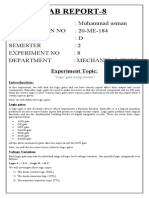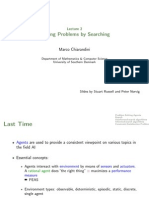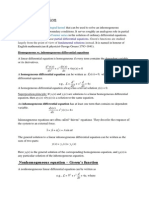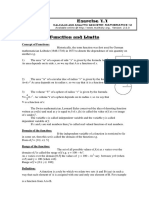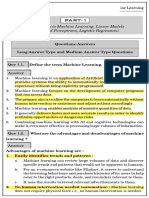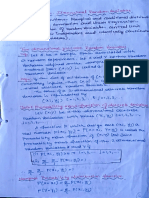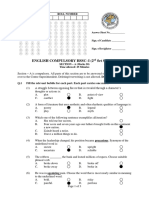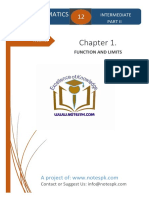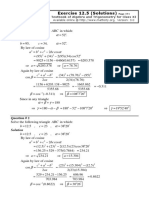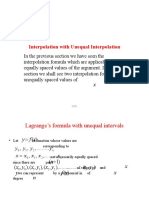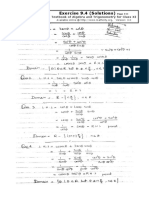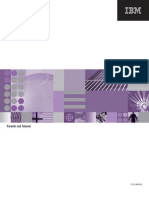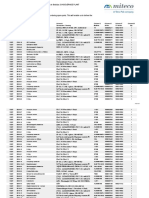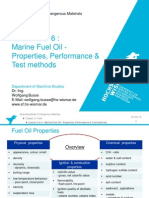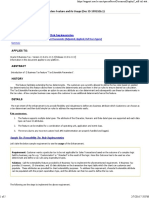0% found this document useful (0 votes)
284 views9 pagesDifference Between Unit Testing and System Testing
The document discusses differences between various software testing concepts including unit testing vs system testing, SDLC vs STLC, verification vs validation, functional testing vs non-functional testing, black box testing vs white box testing, and static testing vs dynamic testing. Key differences are outlined for each pair of concepts.
Uploaded by
محمد صادقCopyright
© © All Rights Reserved
We take content rights seriously. If you suspect this is your content, claim it here.
Available Formats
Download as DOCX, PDF, TXT or read online on Scribd
0% found this document useful (0 votes)
284 views9 pagesDifference Between Unit Testing and System Testing
The document discusses differences between various software testing concepts including unit testing vs system testing, SDLC vs STLC, verification vs validation, functional testing vs non-functional testing, black box testing vs white box testing, and static testing vs dynamic testing. Key differences are outlined for each pair of concepts.
Uploaded by
محمد صادقCopyright
© © All Rights Reserved
We take content rights seriously. If you suspect this is your content, claim it here.
Available Formats
Download as DOCX, PDF, TXT or read online on Scribd
/ 9












